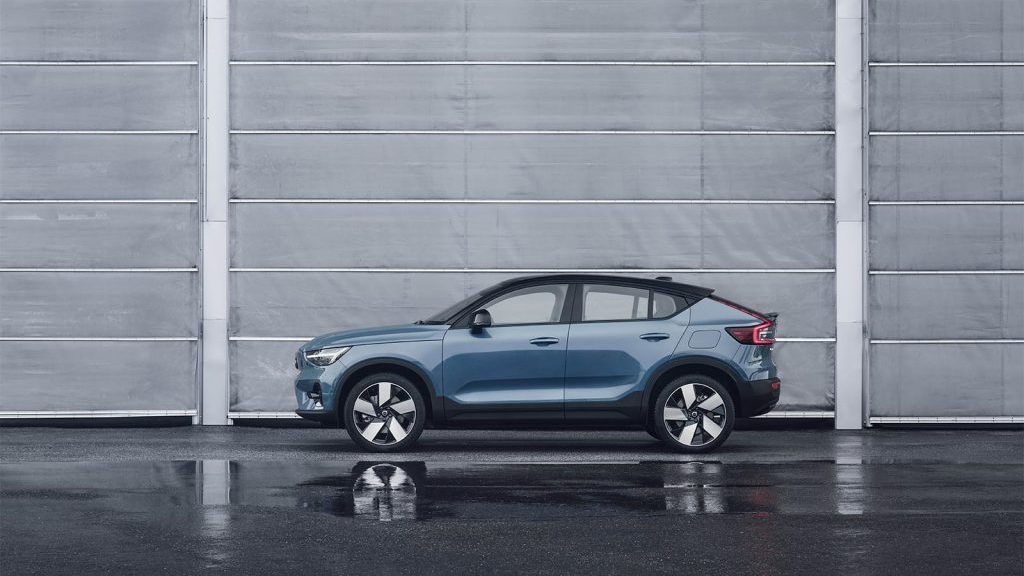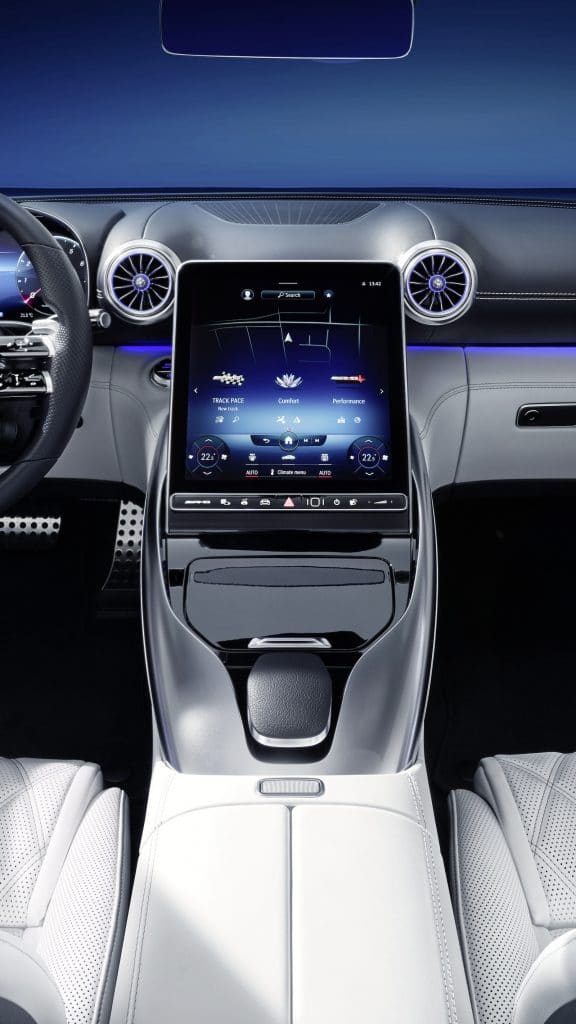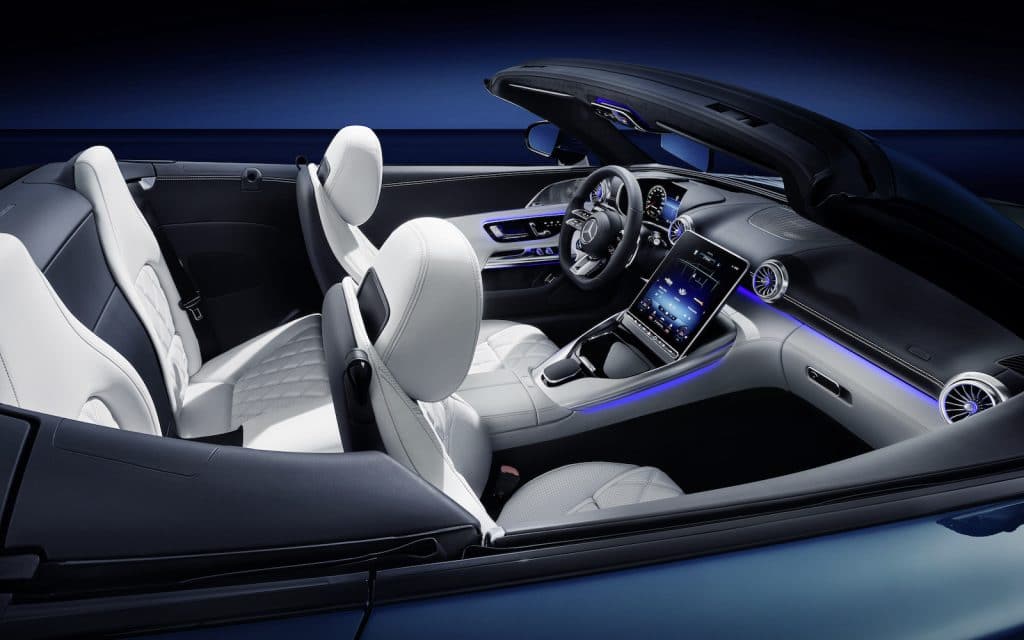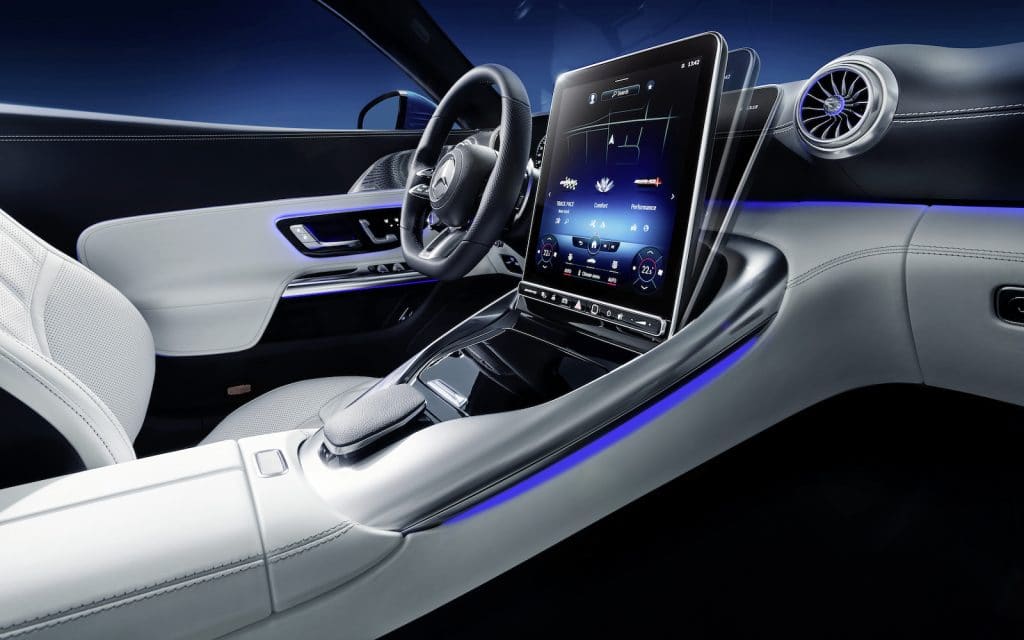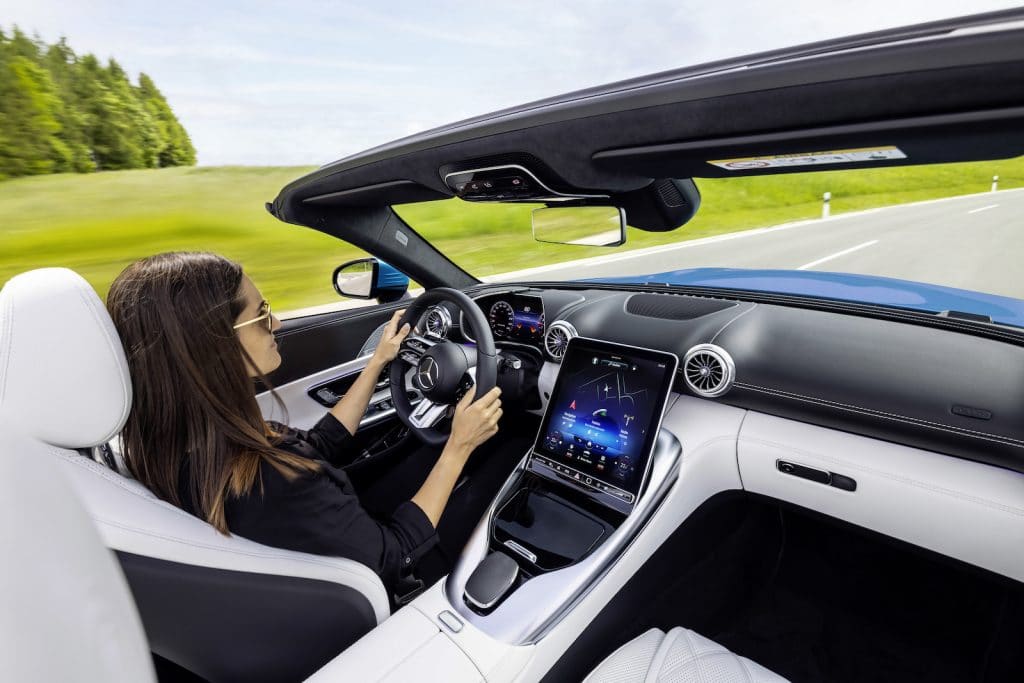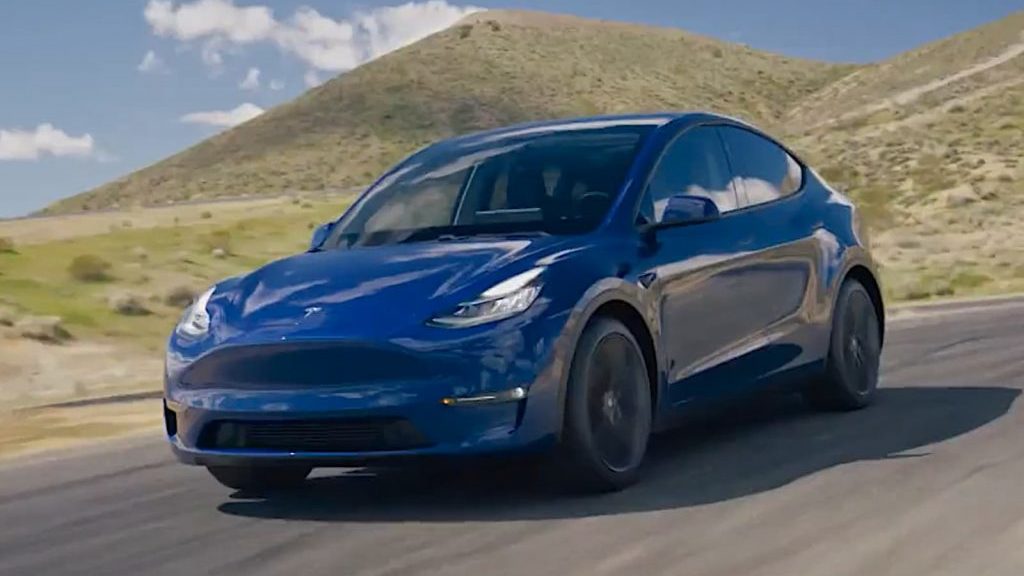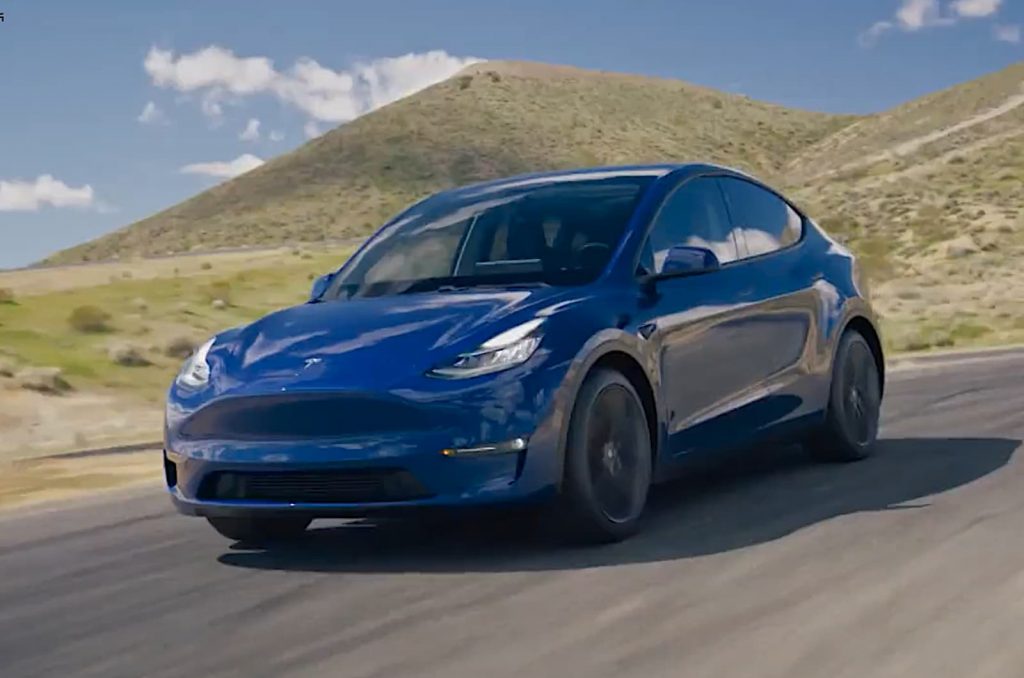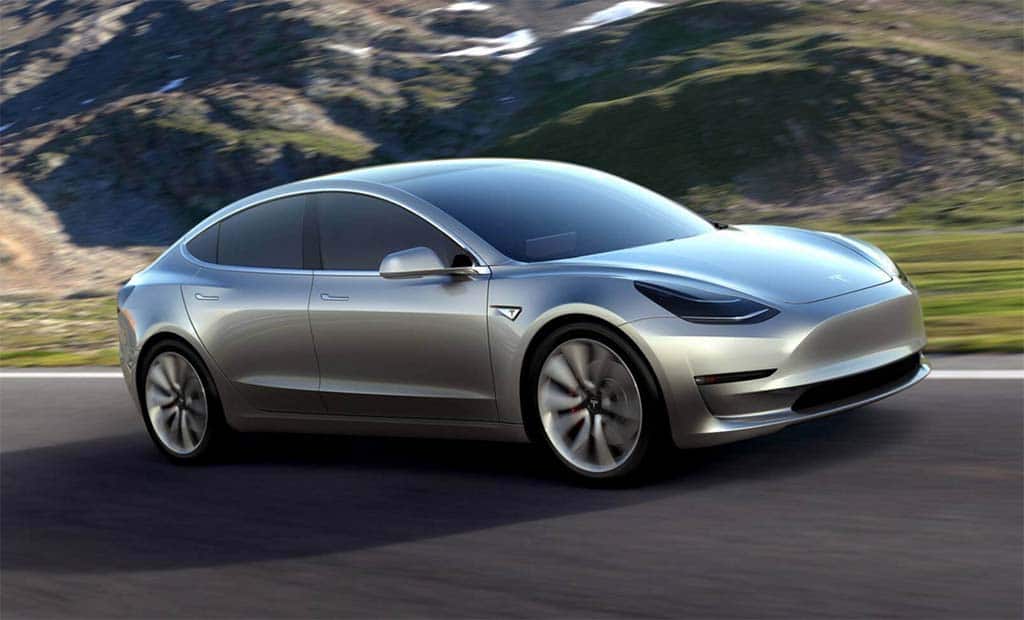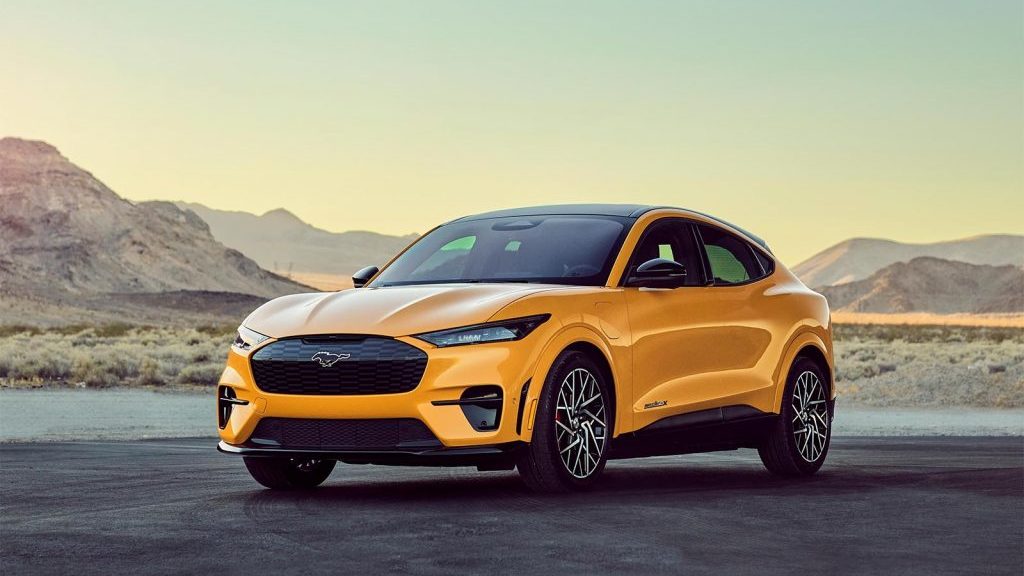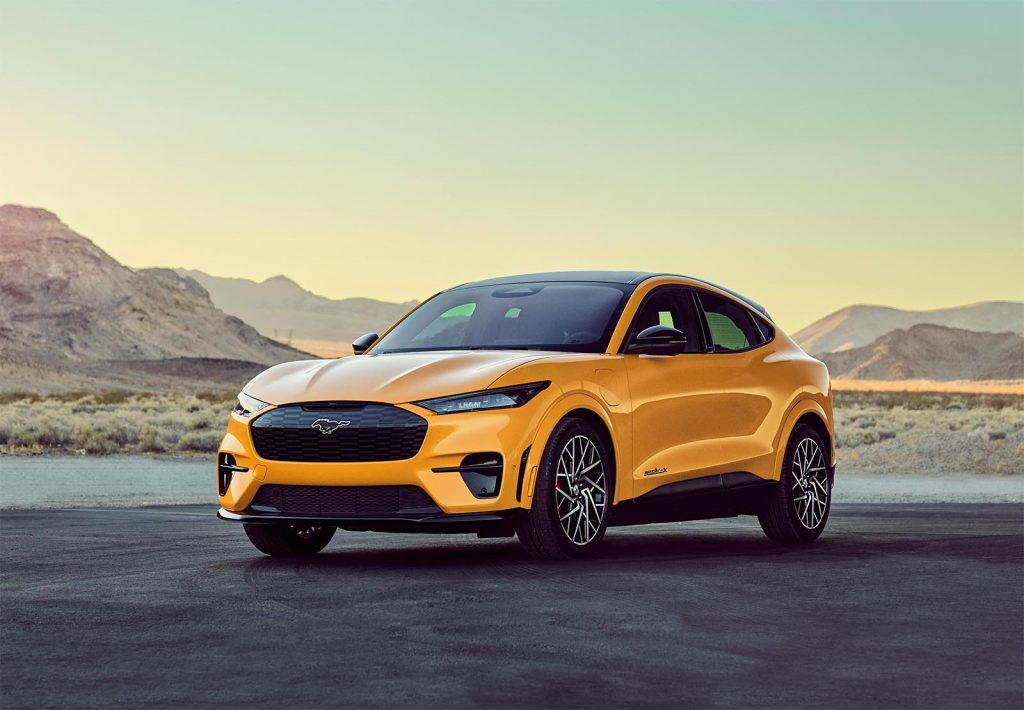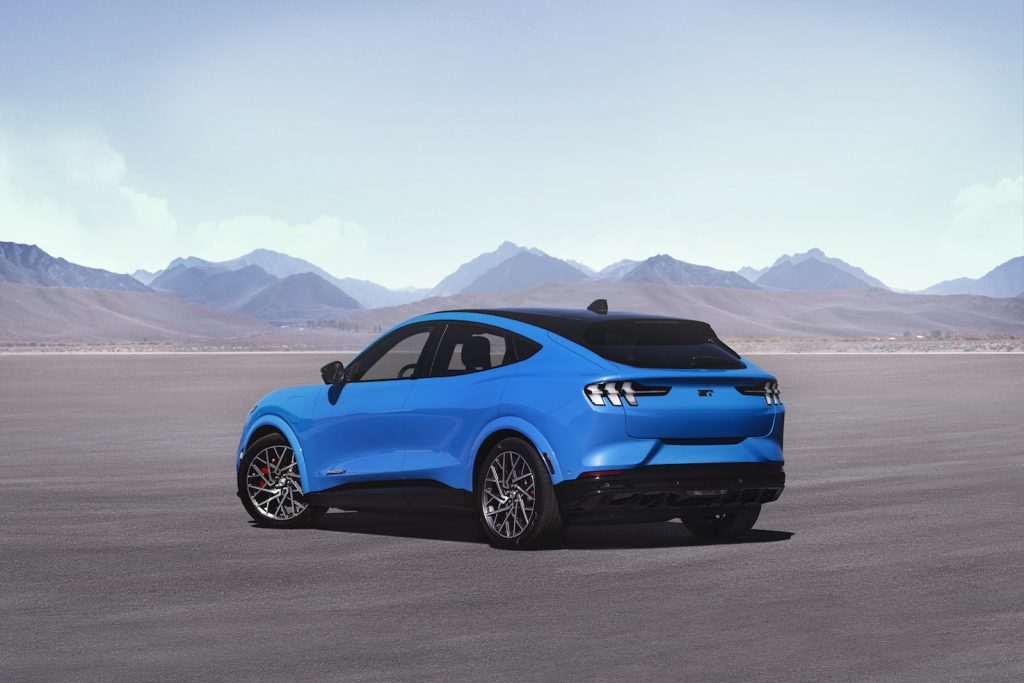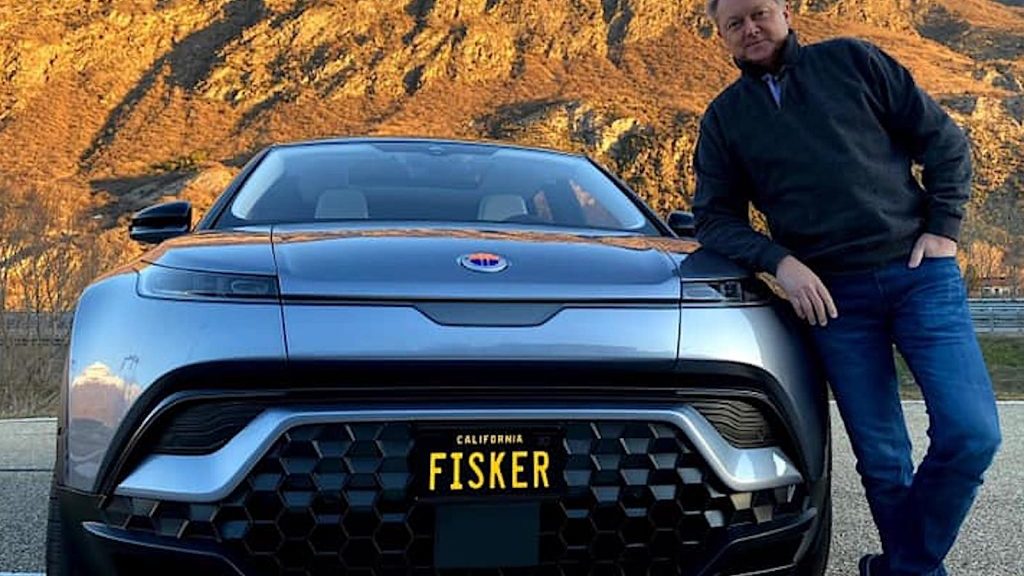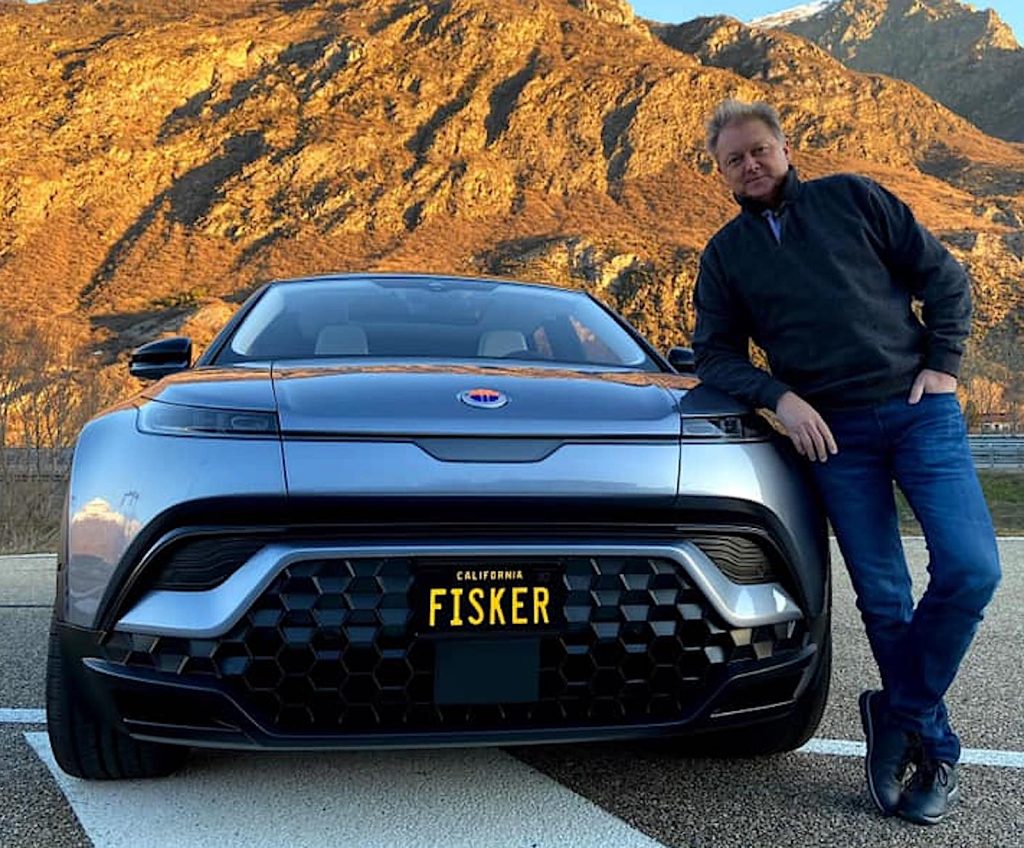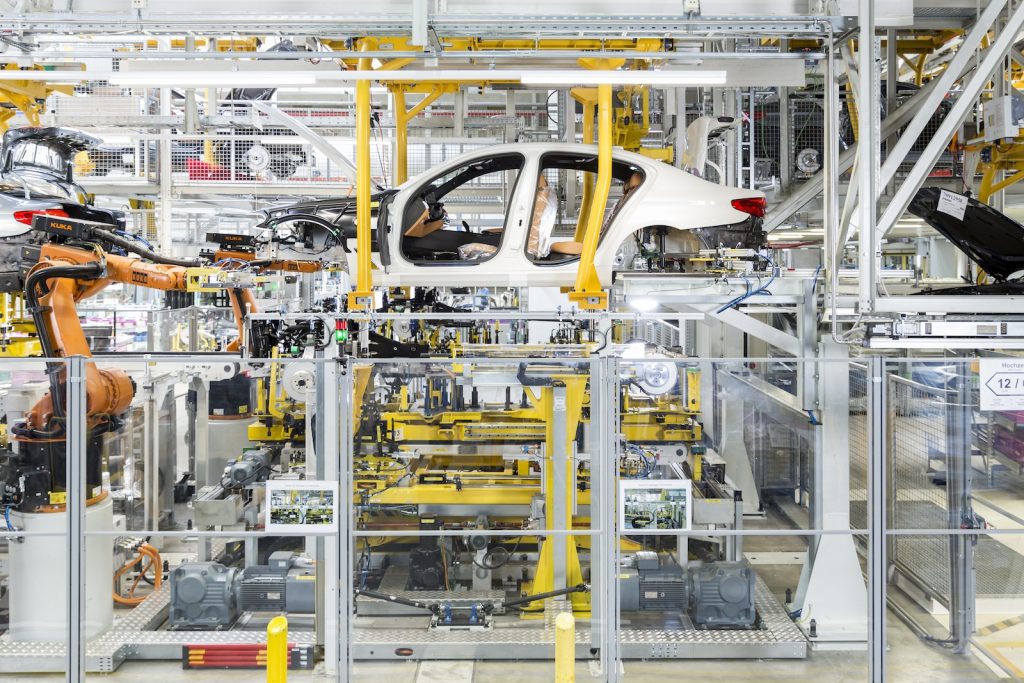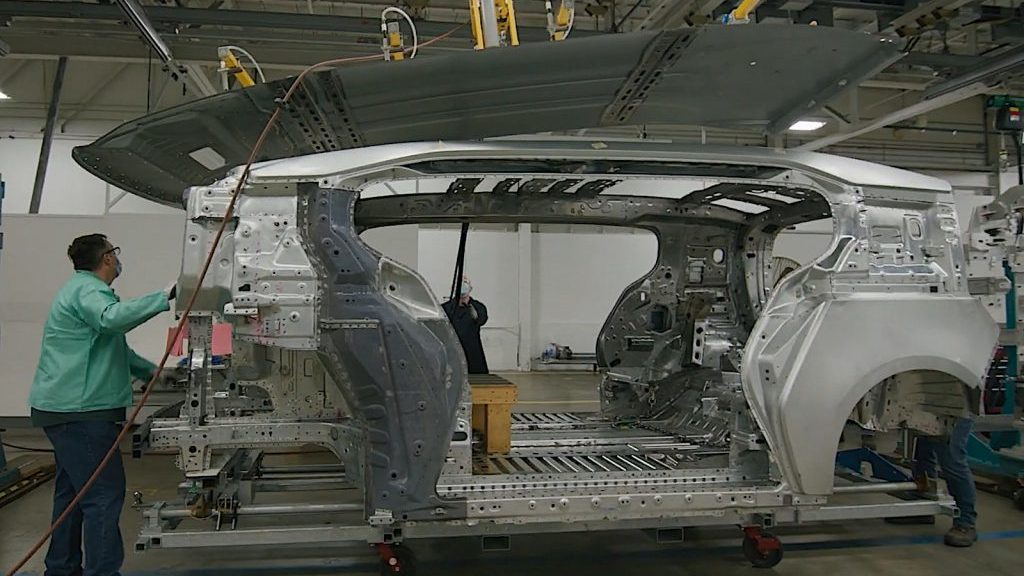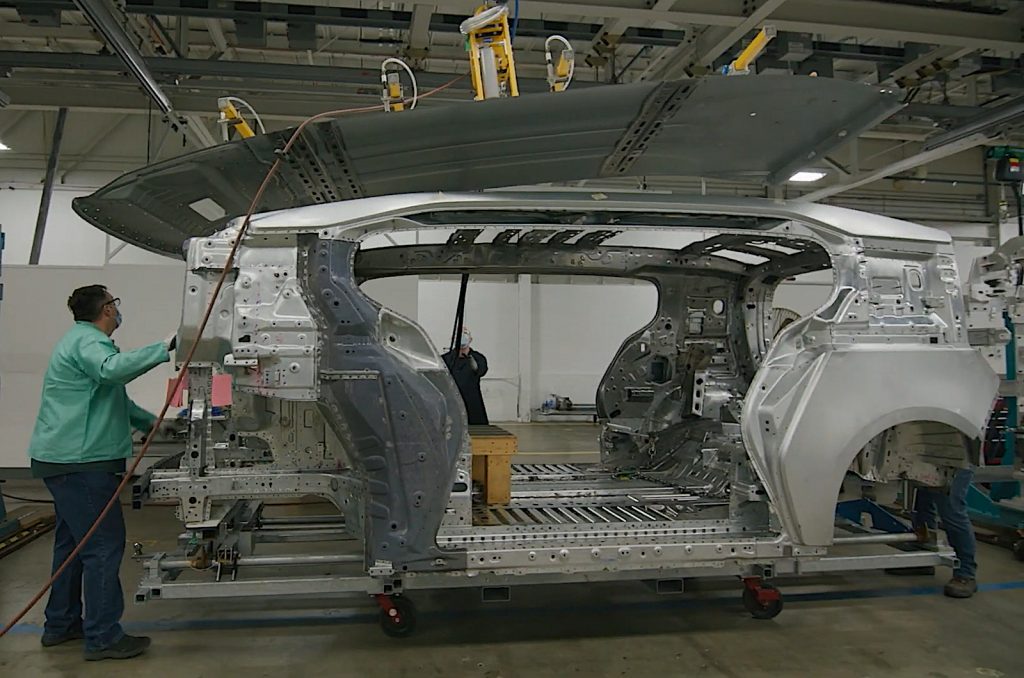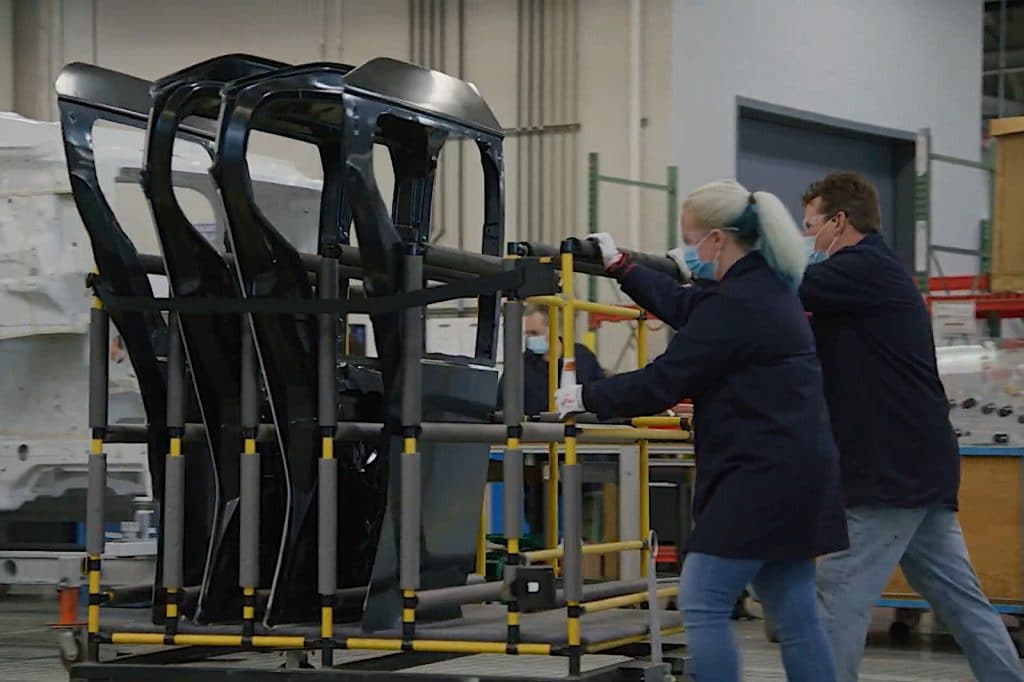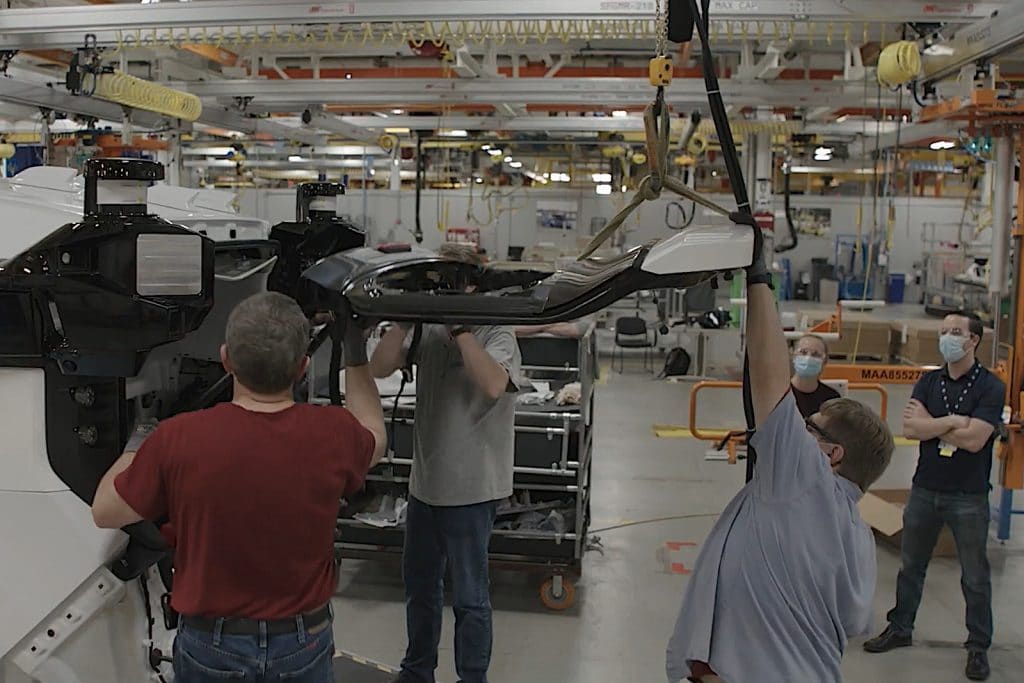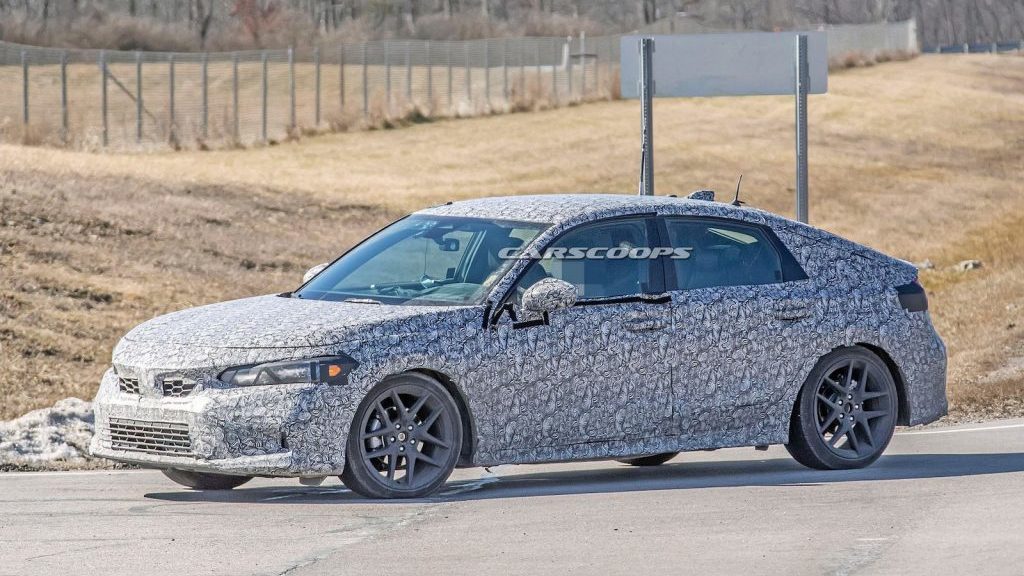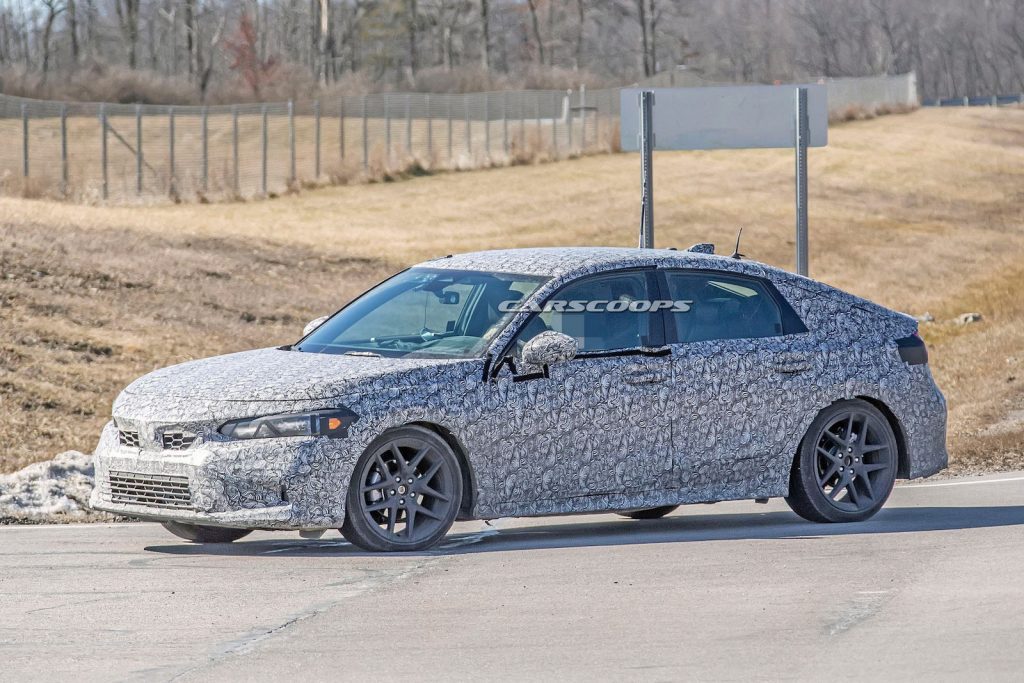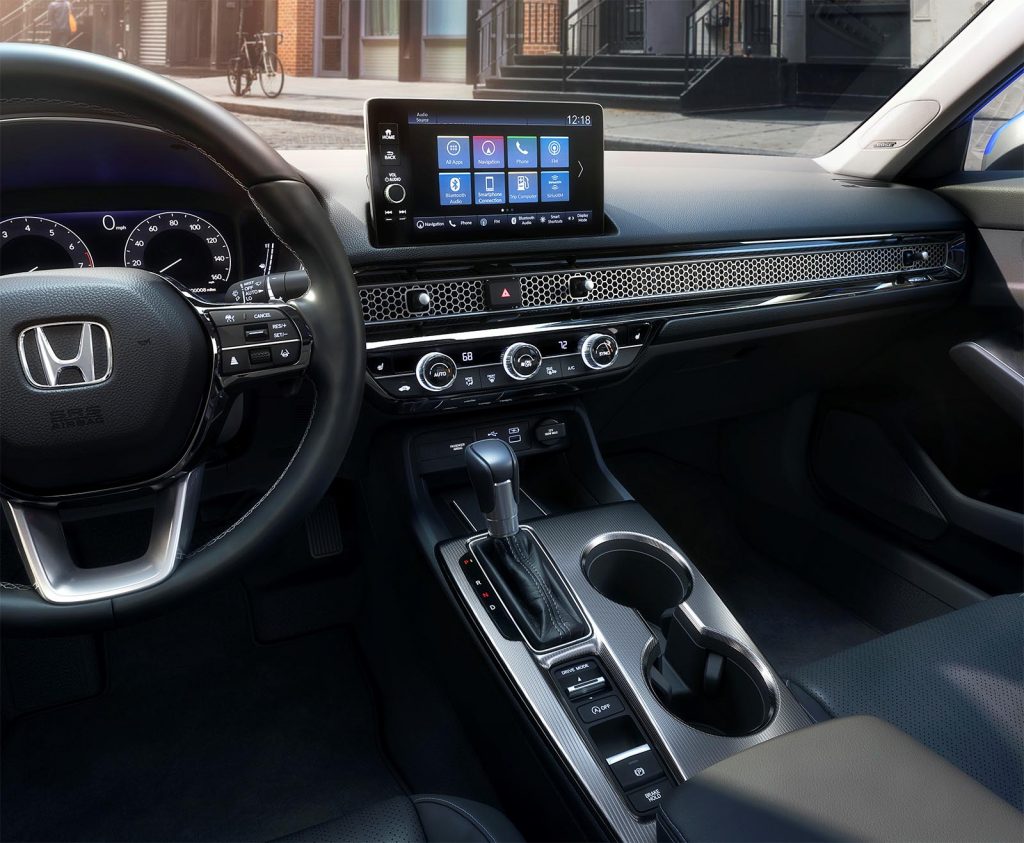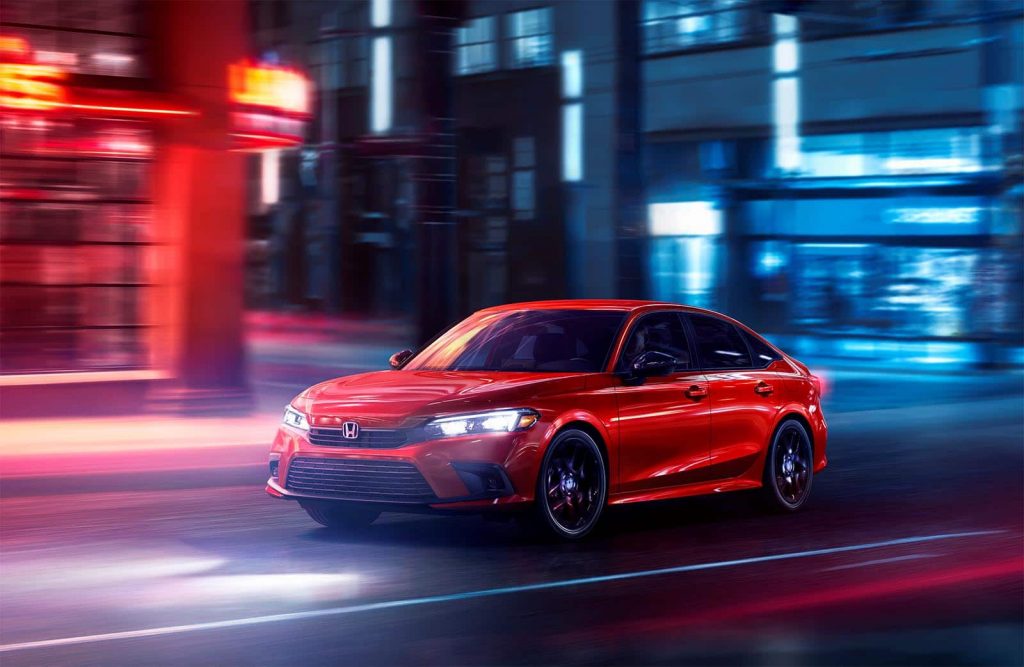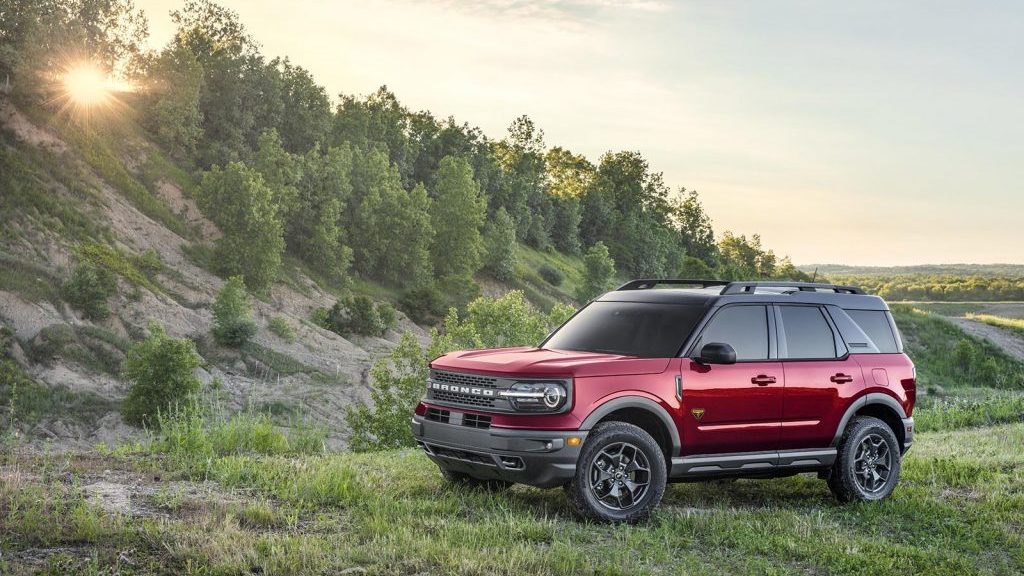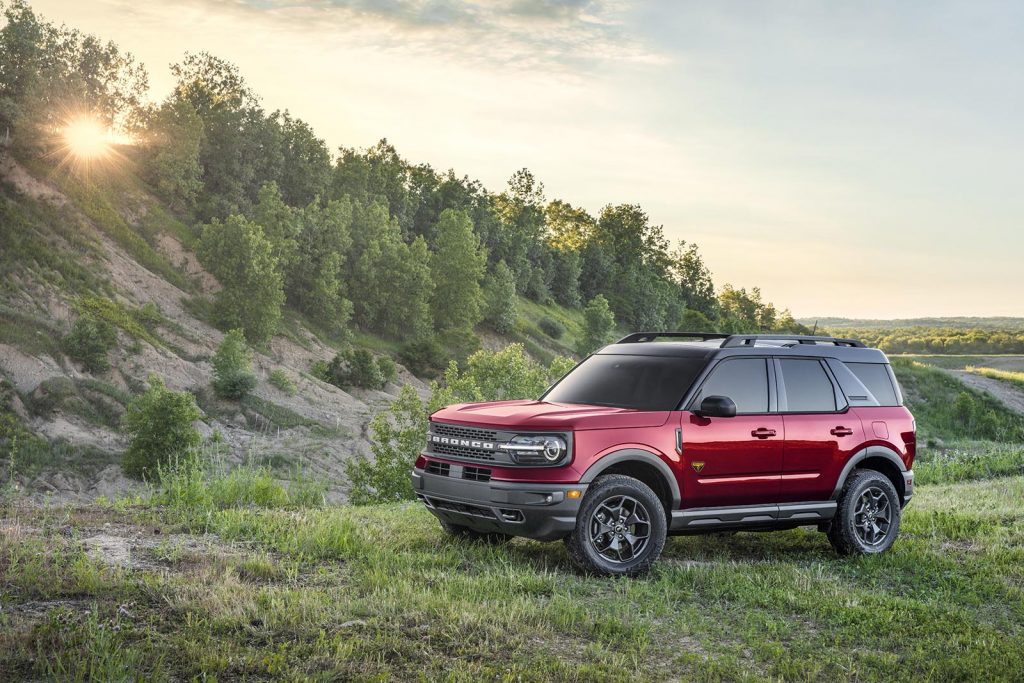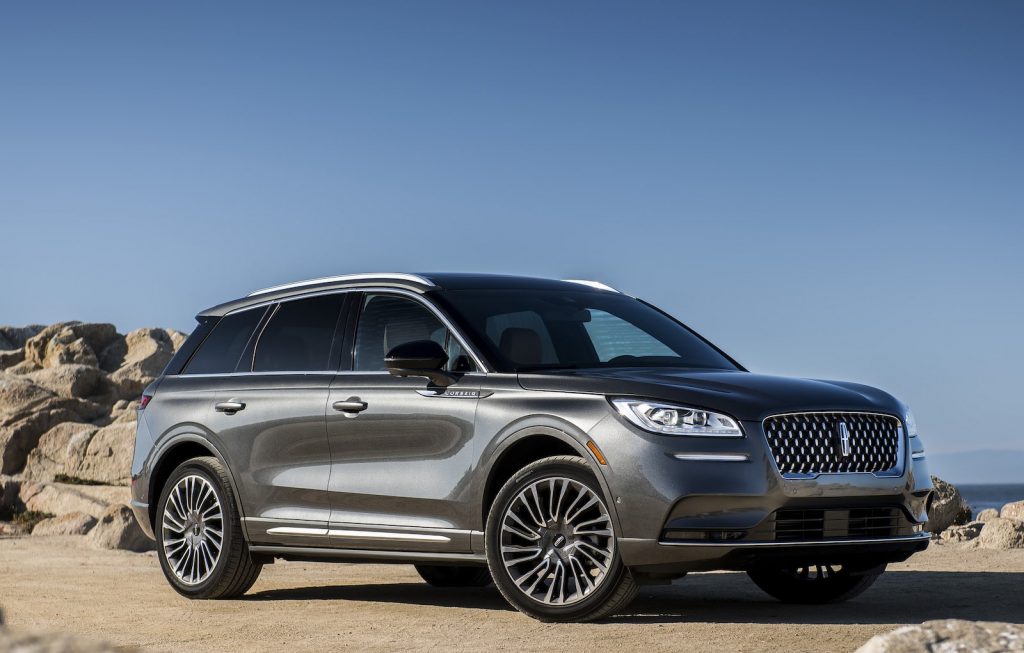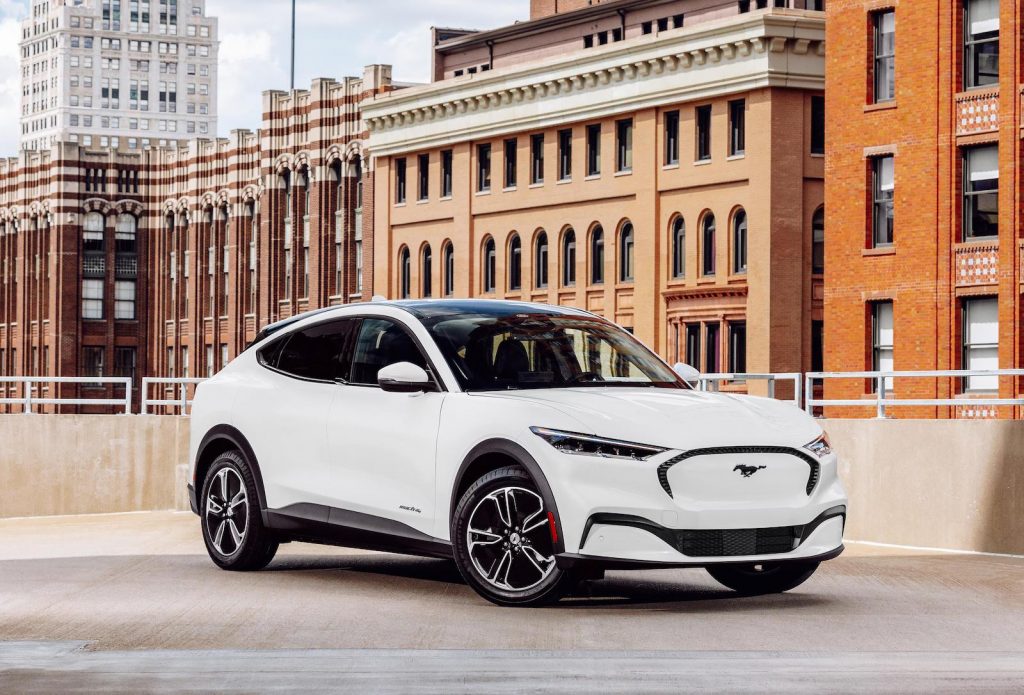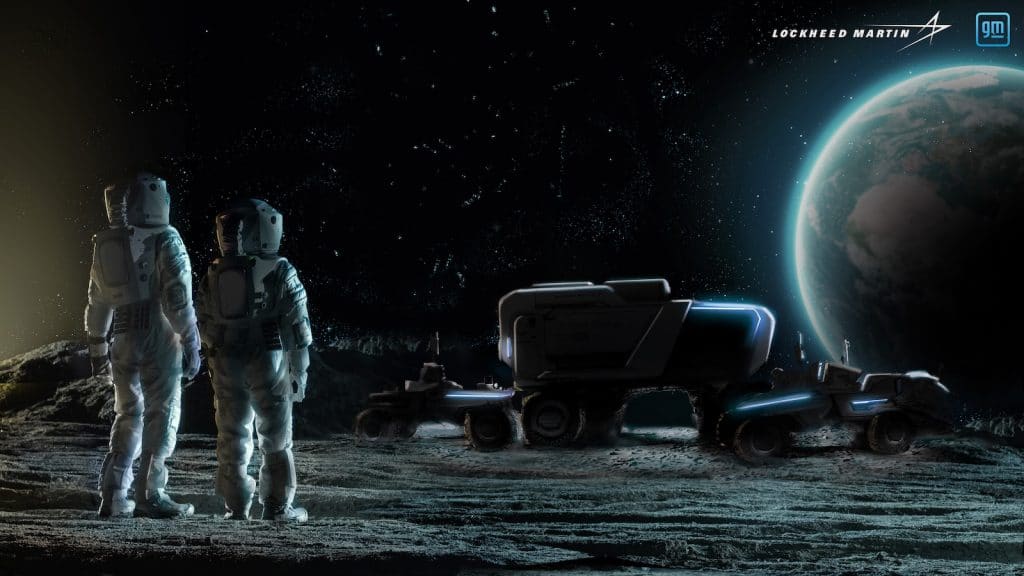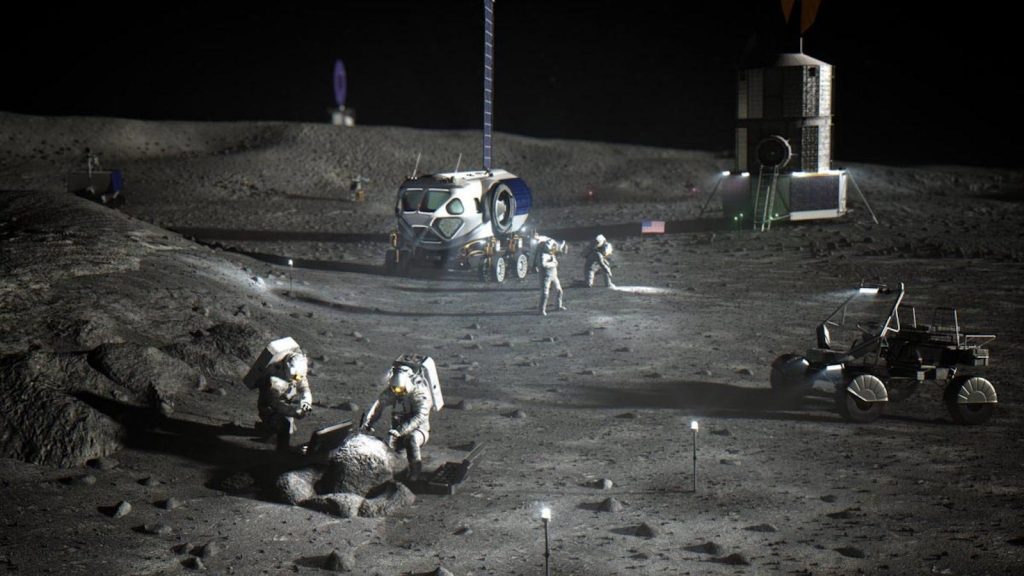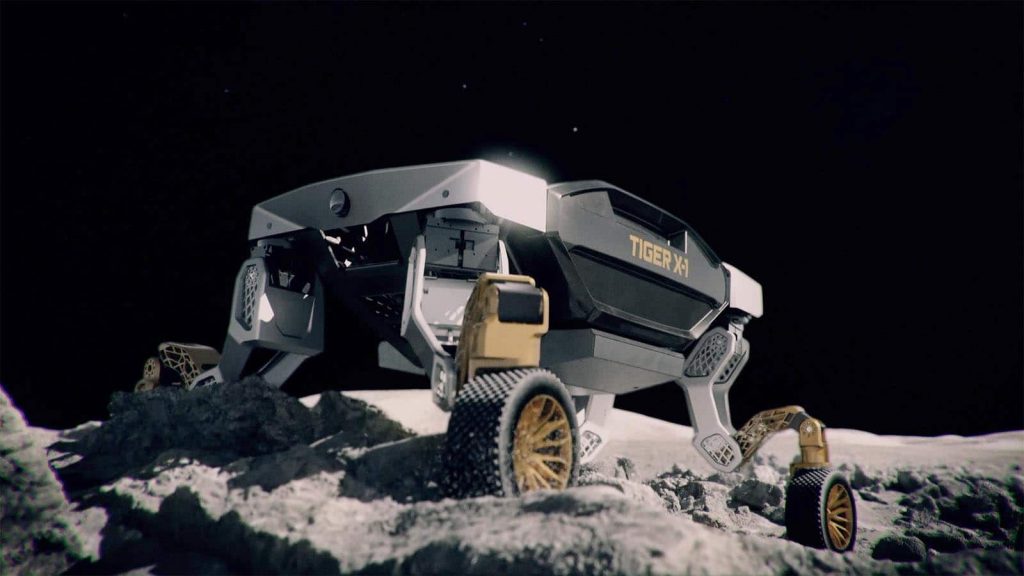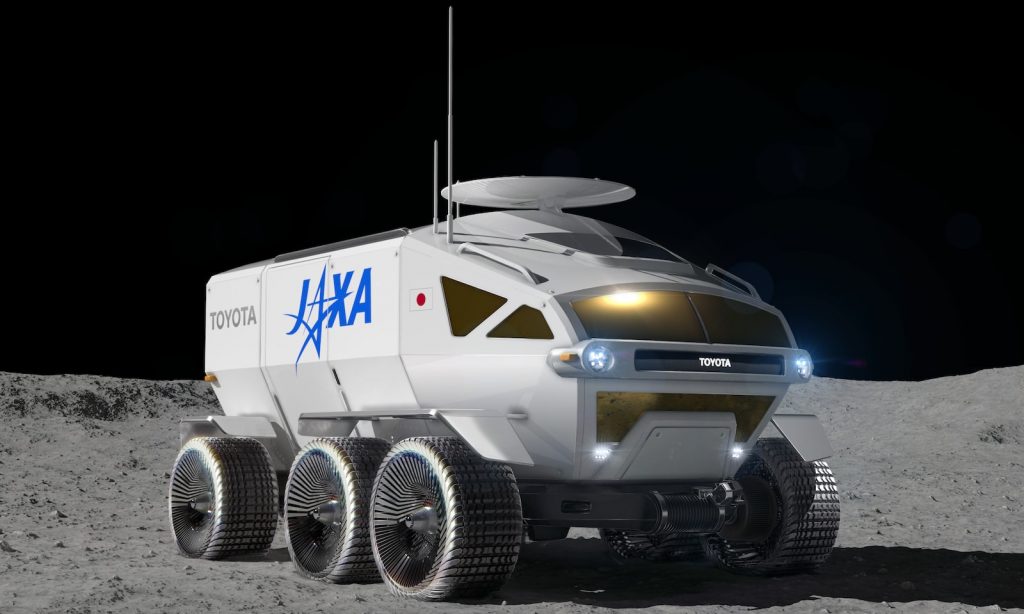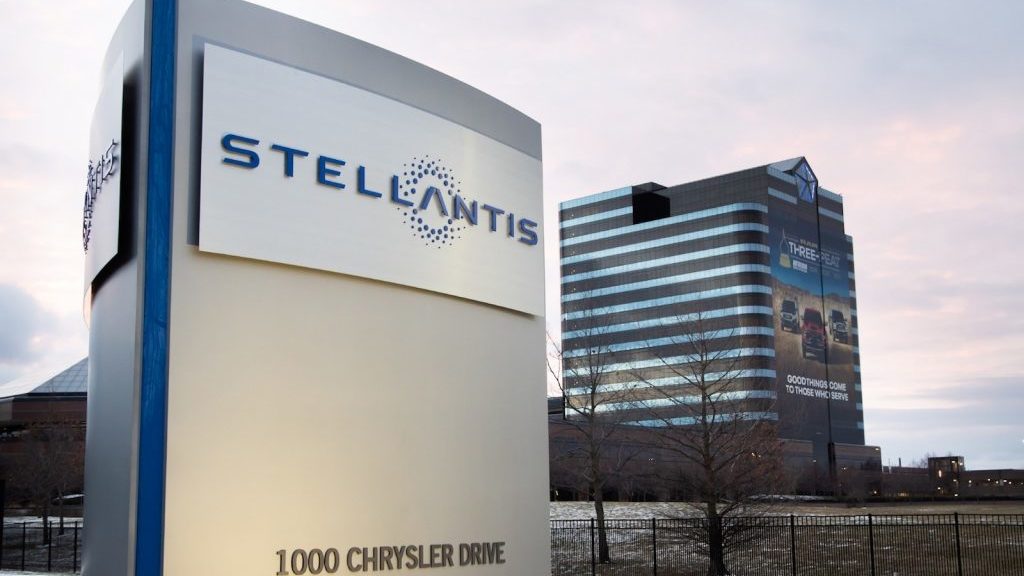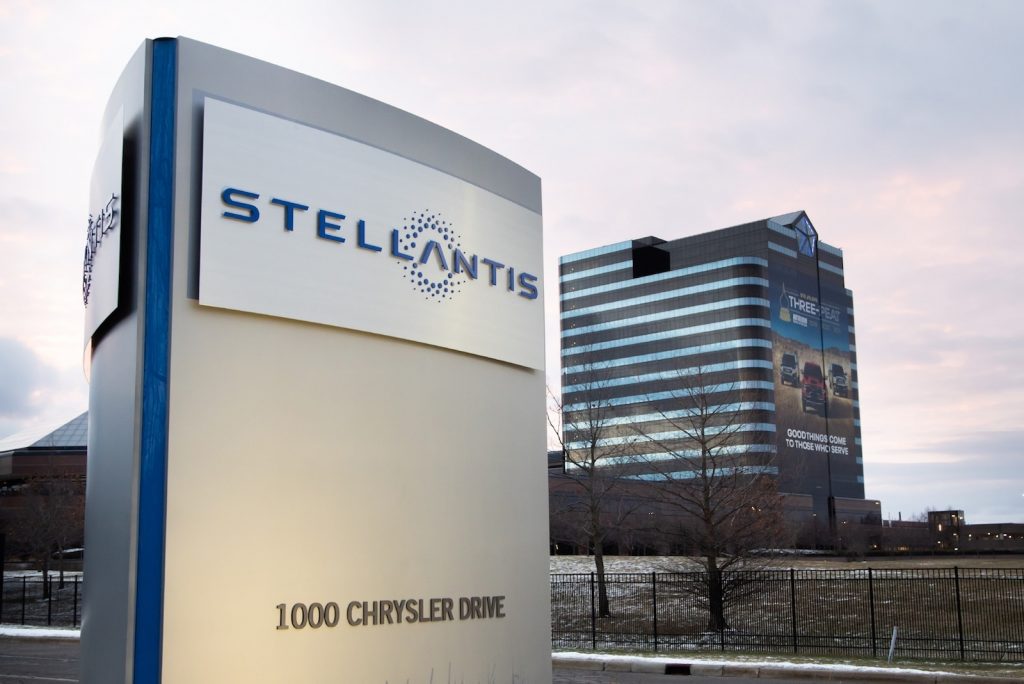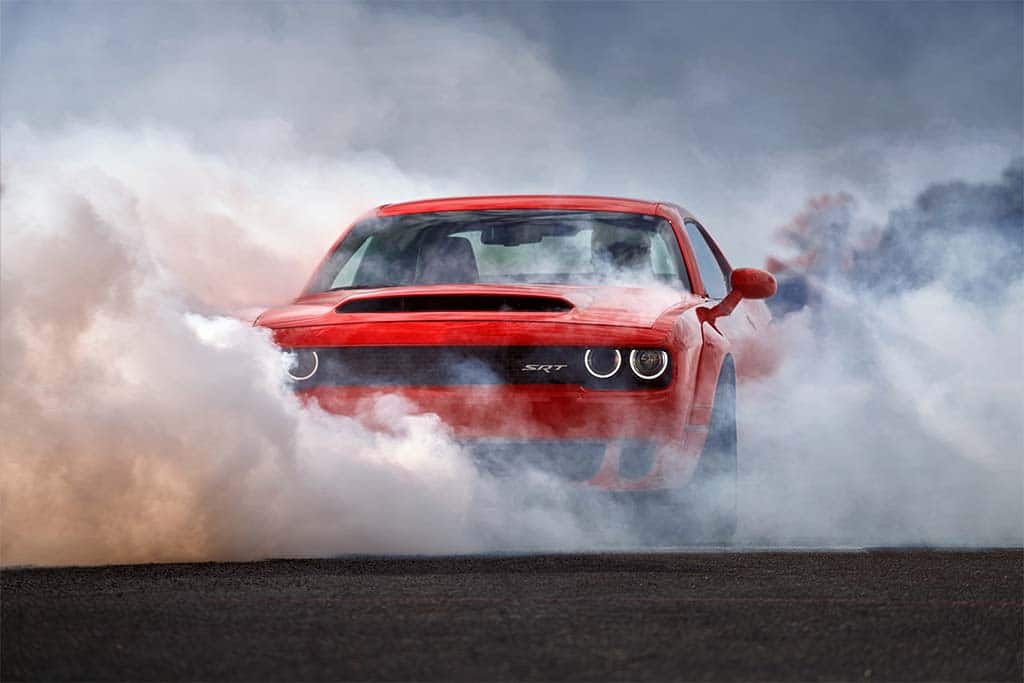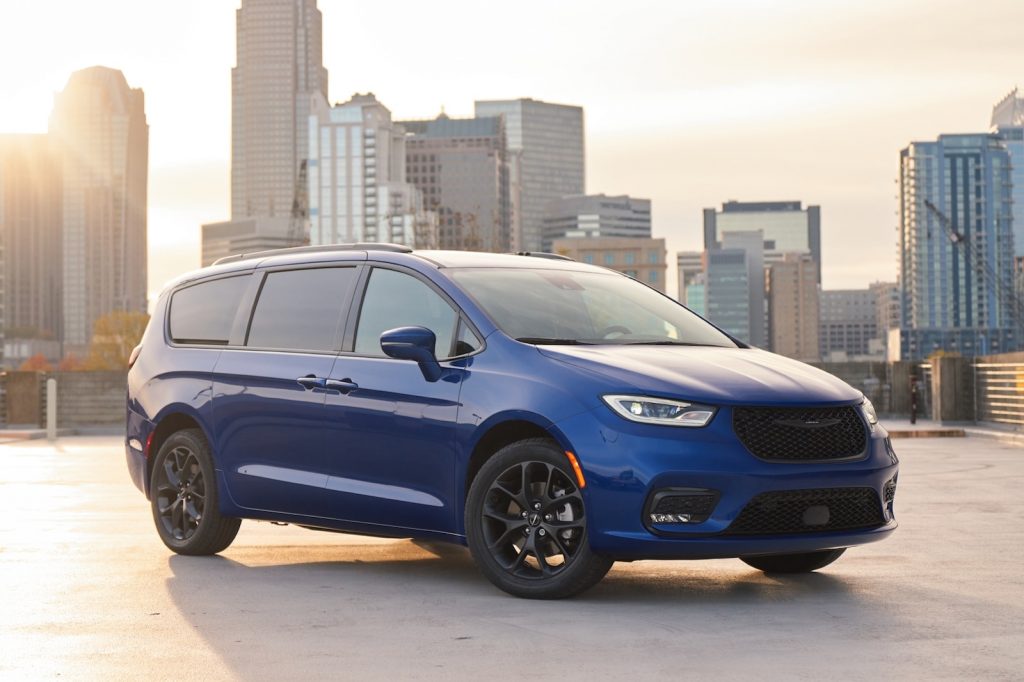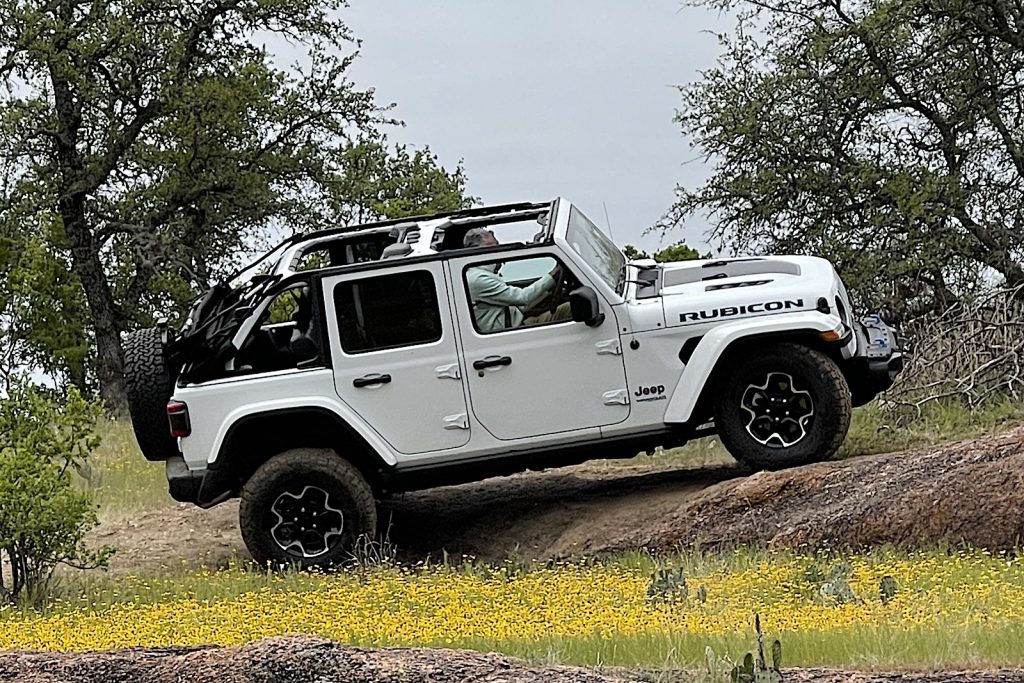For those looking to buy an electric vehicle, it’s a good time to be in the market as there are a variety of incentives available. Electrify America’s offering the latest with 250 kWh of complementary charging for new 2022 Volvo XC40 Recharge and the coming 2022 C40 Recharge buyers.
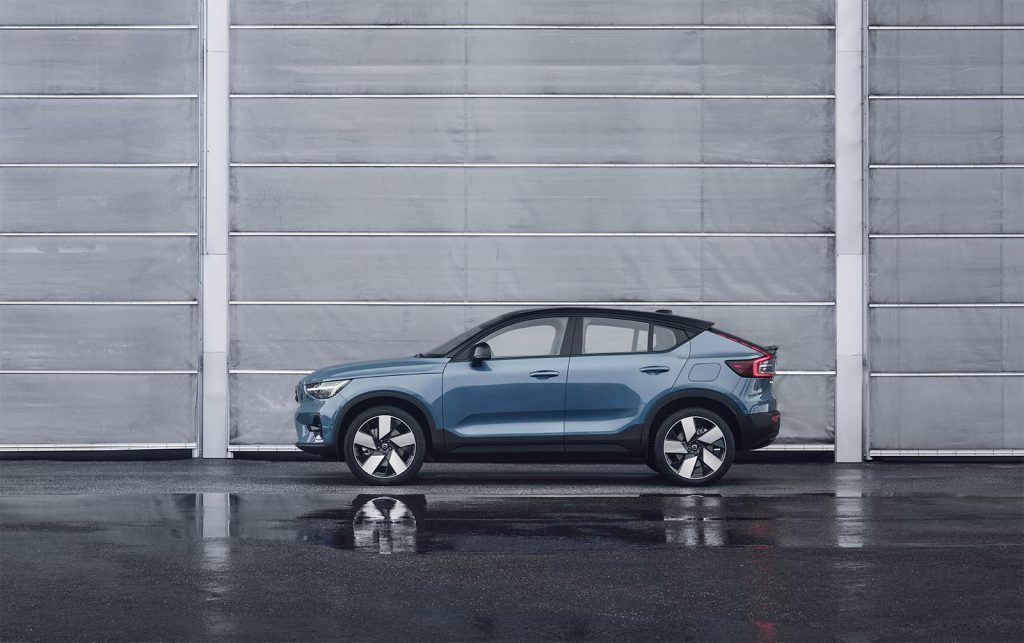
The program only applies to the first owners of the vehicles. Once owners have chewed through their free allotment, they’ll automatically be eligible for Electrify America’s Pass+, which gives them lower rates and a membership paid by Volvo for one year.
“Increasing access to fast and reliable charging is critical to the adoption of battery electric vehicles,” said Anders Gustafsson, president and CEO of Volvo Car USA. “Our collaboration with Electrify America ensures our drivers will be able to enjoy the benefits of an electric car whether they are taking short trips or long journeys.”
Free juice is one of the go-to moves to entice potential BEVs owners buy a particular electric vehicle these days. Even the popular Ford Mustang Mach-E, which is reportedly responsible for stealing 10% of Tesla Inc.’s marketshare, came with a deal.
New owners once got 250 kilowatt hours of free charging through FordPass Rewards at Electrify America fast-charging stations. It’s not just Ford. General Motors has turned to petro-giant Shell to help buyers of BEVs like the Chevrolet Bolt charge up using renewable energy.
The program allows owners to charge up overnight — when demand on the grid is normally low — at no cost using renewable energy. The new partners also plan to provide energy at reduced rates to GM suppliers. Initially, the program will be limited to Texas, but the plan is to expand to other markets “in the future,” they said in a statement.
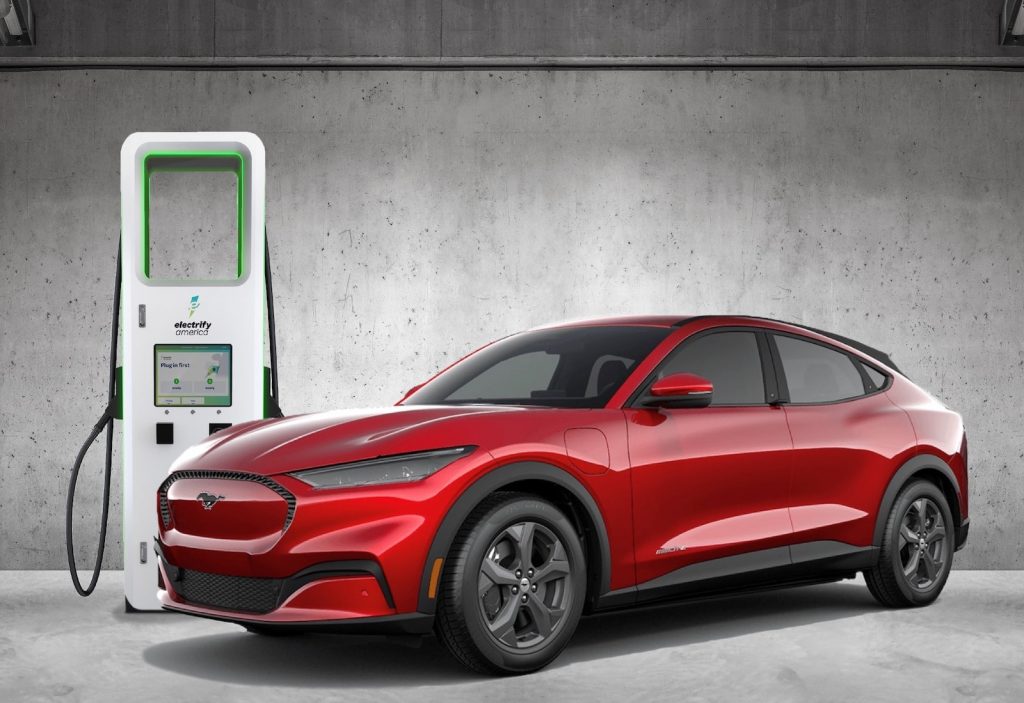
Cash rebates haven’t cut it
In the past, cash rebates or special low interest rates have been used to entice buyers into a specific vehicle, but not so with EVs. Makers have seized upon range anxiety fears to get attention by offering no-cost EV charging.
The “free juice” push isn’t a recent phenomenon. Nissan’s offered it sporadically on its Leaf EV for several years. Ford offered the incentive on its C-Max five years ago too. Recently General Motors jumped on the bandwagon.
GM looked to attract buyers by making it easier to charge up at home and on the road, setting up alliances with more than a half-dozen public charging companies, including Blink Charging, ChargePoint, EV Connect, EVgo, FLO and SemaConnect, as well as Greenlots. The latter company was acquired by Shell in 2019.
Of course, Tesla really started the whole “free charging” by offering it for a lifetime to early owners of its vehicles through its proprietary SuperCharger network.
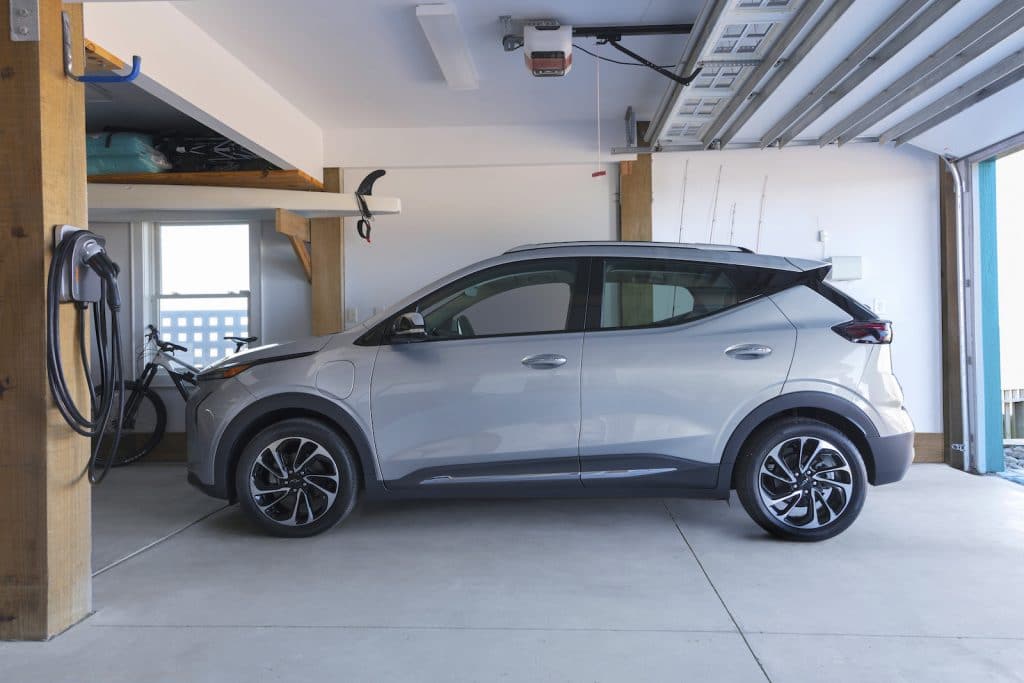
Working with automakers
EVgo’s worked with Nissan on to make charging easier, including working with the Japanese automaker to add 2,000 charging stations to its network in the last six years, including a series of nine fast-charging stations stretching across a 500-mile stretch of I-95 between Boston and Washington, D.C.
Electrify America offered special pricing for Kia Niro EV owners last year. The “Kia Select” program offered a flat rate of 35 cents per-minute charging for current Kia Niro EV drivers, designed specifically for the unique DC charging characteristics of the model. The program also waives session fees and has no subscription fees for participants.
It is owned by Volkswagen, which formed the company as part of its dieselgate scandal settlement a few years back. It just recently announced plans to double its current electric vehicle charging infrastructure in the United States and Canada with more than 1,800 fast charging stations and 10,000 individual chargers installed by the end of 2025.
The expansion will increase the deployment of 150 and 350 kilowatt chargers – the fastest speed available today – and help pave the way for more electric vehicles in North America, according to Electrify America officials.

